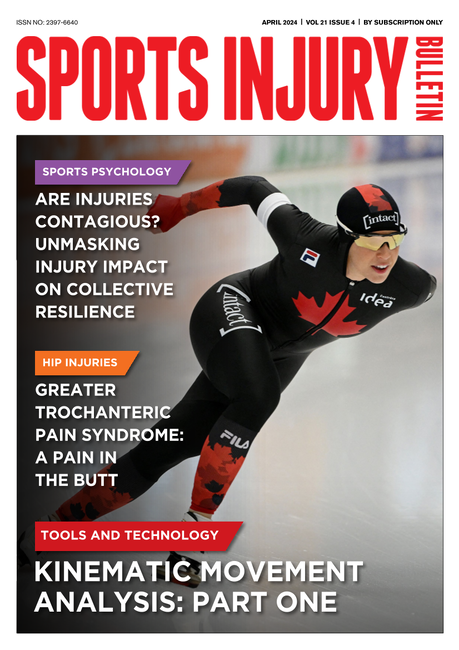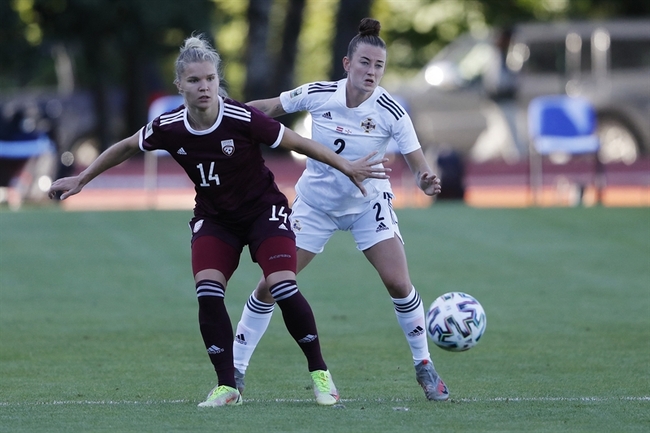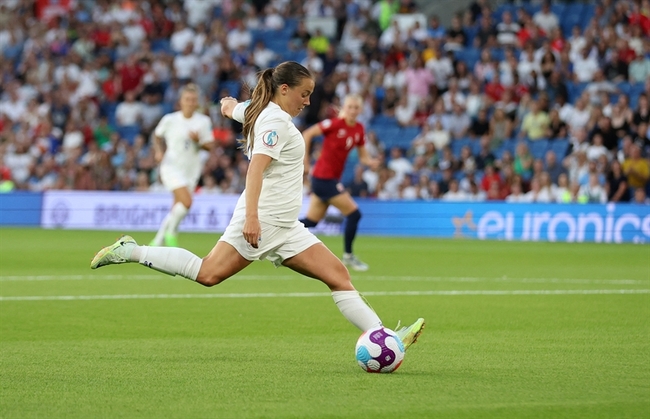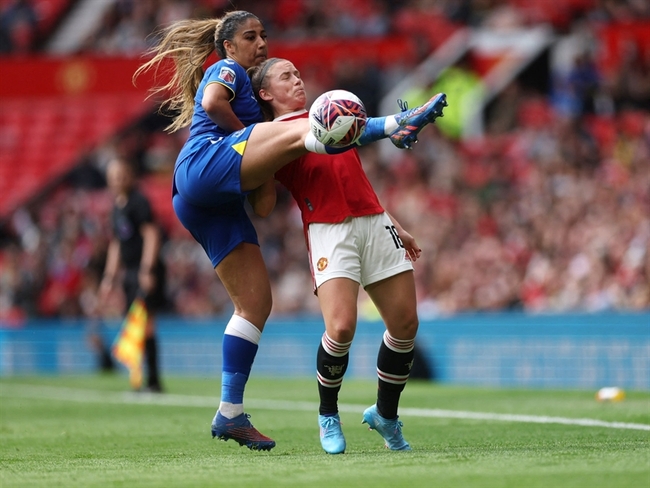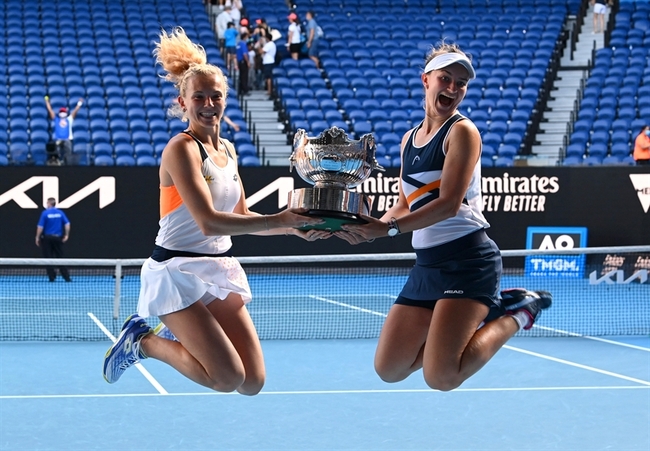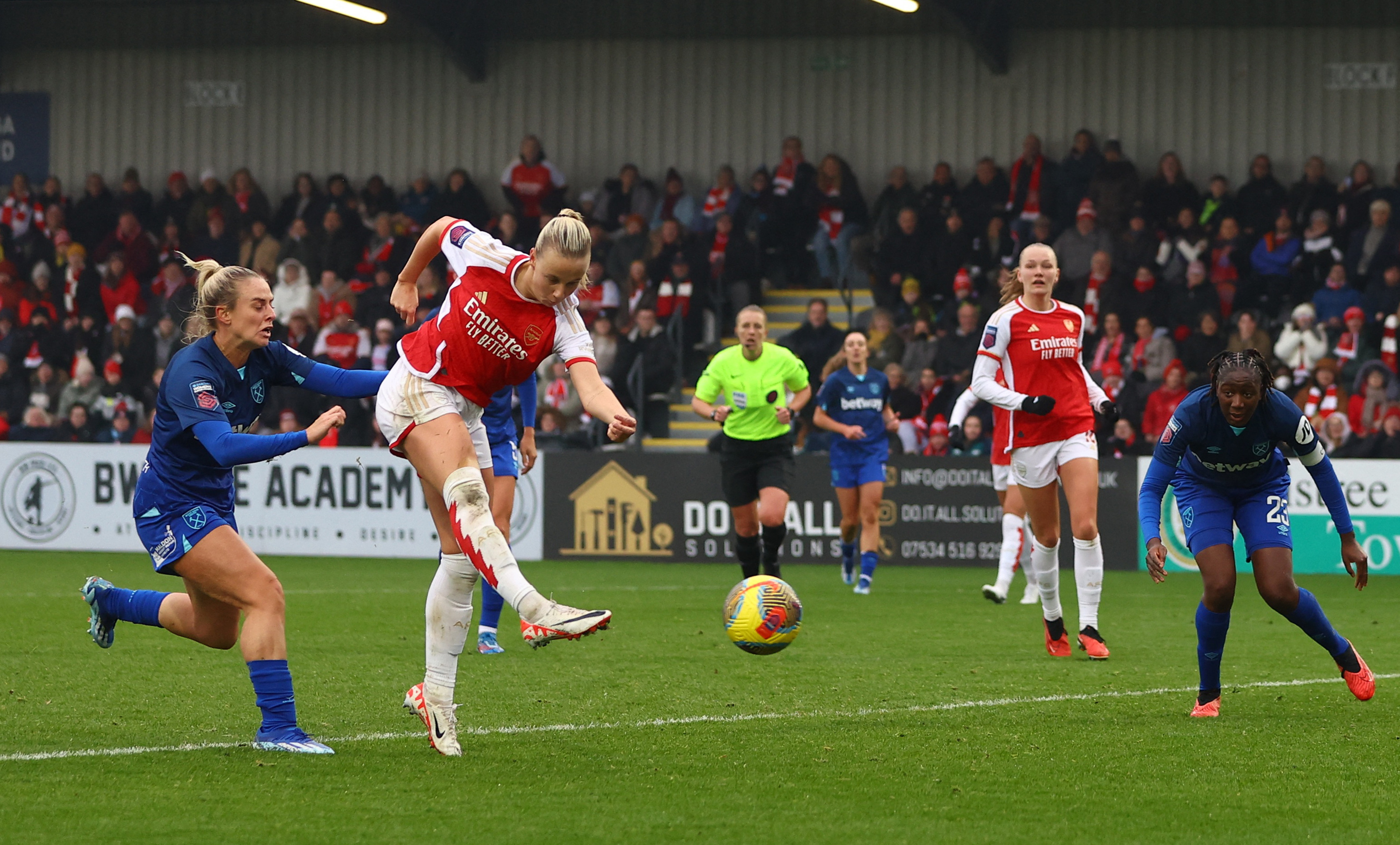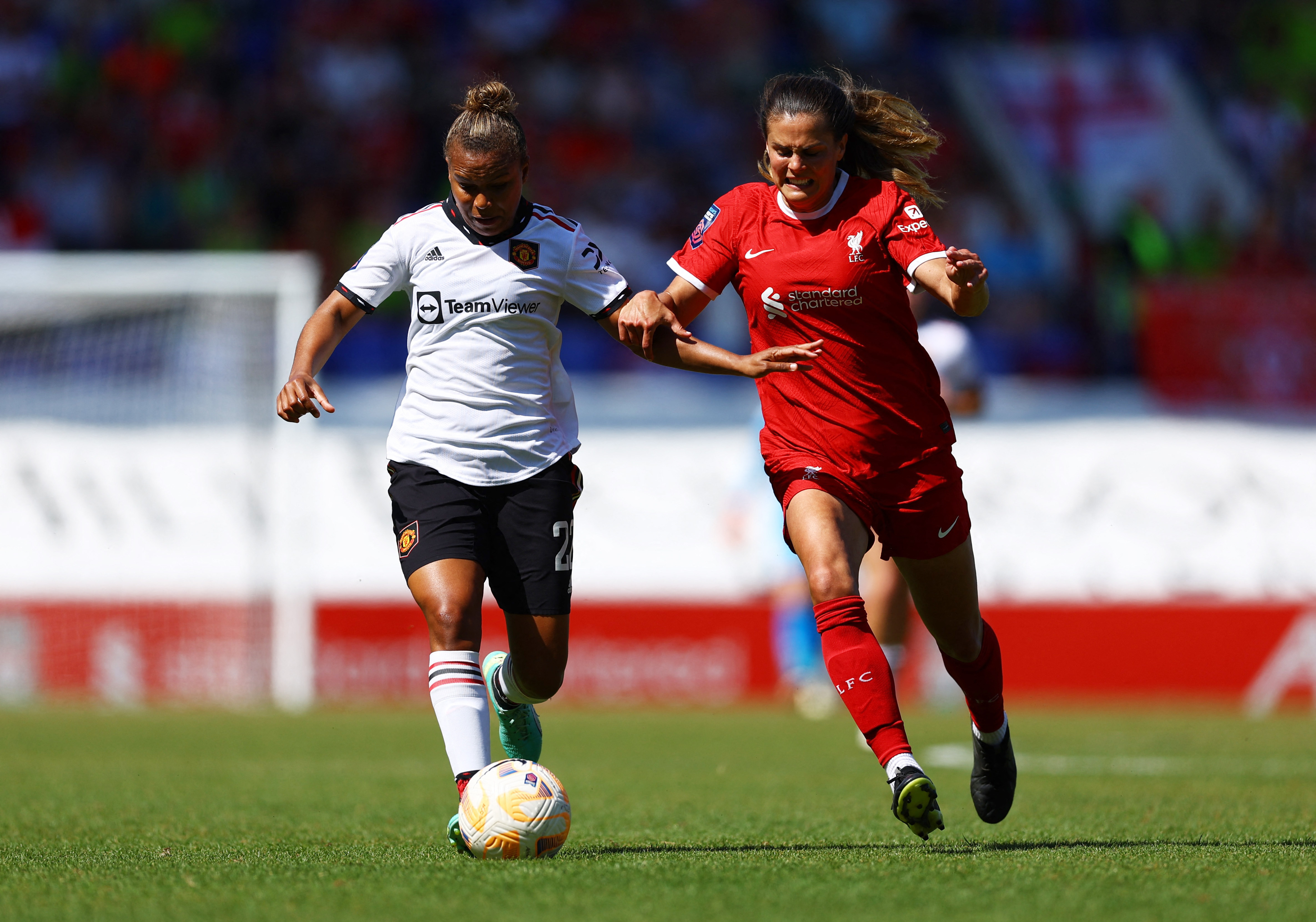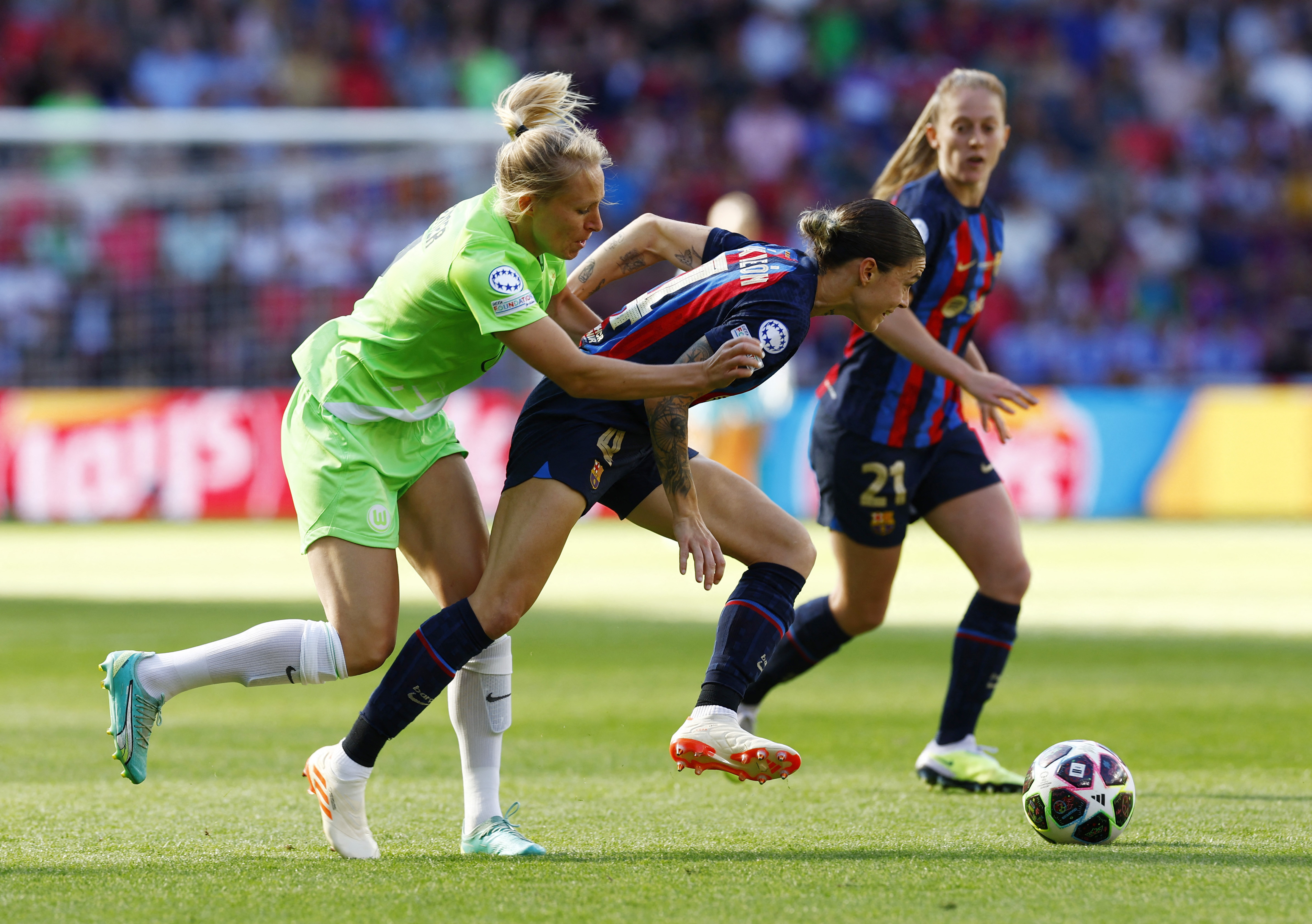Run of the mill injuries for track and field events
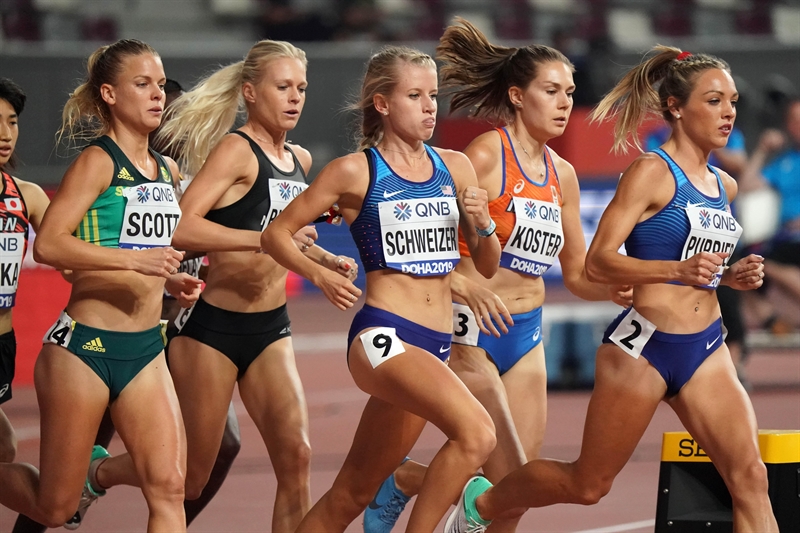
Common sense tells us that athletes who play certain sports tend to suffer particular injuries. However, we lack the data to substantiate which athletes have more particular injury prevention needs. A group of researchers from France undertook the monumental task of surveying the injuries from international track and field championships and categorizing them according to the particular events(1). They derived the data from 14 international championships between 2007 to 2018.
Nearly 90% of the medical teams surveyed returned injury data. During the survey period, personnel reported 1530 injuries out of a pool of 8925 athletes. The injuries occurred in 928 male and 597 female athletes. The most injuries occurred while sprinting, in both males and females. Beyond that, males suffered injuries during jumps and middle distance runs while women were injured more often while running long distances and jumping (see table 1).
| Males | Females | |||||||
|---|---|---|---|---|---|---|---|---|
| Sport | Location of injury | Tissue Injured | Cause of Injury | Time lost from sport | Location of injury | Tissue injured | Cause of Injury | Time lost from sport |
| Sprints | Thigh (52%) | Muscles (68%) | Overuse (43%)Trauma (39%) | 0 days (39%)7 days (24%)828 days (23%) | Thigh (38%)Foot (13%)Trunk (11%) | Muscles (49%)Skin (15%) | Overuse (50%) | 0 days (50%)7 days (23%) |
| Hurdles | Thigh (38%)Hip/groin (13%) | Muscles (51%)Skin (24%) | Trauma (51%) | 0 days (40%)>8 days (26%) | Thigh (22%)Knee (19%)arms (17%) | Skin (31%)Muscles (27%)Ligaments (24%) | Trauma (53%) | 0 days (41%)<7 days (27%)>8 days (20%) |
| Jumps | Thigh (25%)Foot (13%)Knee (12%)Ankle (12%) | Muscles (40%)Tendons (15%)Joints (14%) | Overuse (39%)Trauma (39%) | 0 days (44%)<7 days (21%)>8 days (22%) | Thigh (20%)Trunk (14%) | Muscles (35%)Skin (18%)Tendon(16%) | Trauma (44%) | 0 days (51%) |
| Throws | Arm (20%)Trunk (20%)Knee (16%) | Muscles (47%)Ligaments (22%) | Overuse (49%) | 0 days (49%)>8 days (27%) | Trunk (28%)Arm (18%)Lower leg (16%) | Muscles (31%)Tendons (19%)Ligaments (19%) | Overuse (53%)Trauma (41%) | 0 days (53%) |
| Combined Events | Thigh (20%)Ankle (16%)Knee (14%) | Muscles (30%)Skin (22%)Tendons (18%) | Trauma (43%)Overuse (37%) | 0 days (40%)>8 days (21%) | Thigh (22%)Knee (17%)Trunk (14%) | Muscles (39%)Ligaments (28%)Tendon (12%) | Overuse (40%)Trauma (40%) | 0 days (37%)<7 days (22%)>8 days (22%) |
| Middle Distance | Lower leg (30%)Foot (18%) | Skin (53%)Muscles (19%) | Trauma (57%) | 0 days (69%) | Lower leg (29%)Thighs (21%) | Skin (48%)Muscles (19%)Tendon (18%) | Trauma (48%) | 0 days (59%) |
| Long Distance | Lower leg (41%) | Skin (48%)Muscles (25%) | Trauma (53%) | 0 days 49%)<7 days (26%) | Lower leg (37%) | Skin (43%)Muscles (30%) | Trauma (49%) | 0 days (39%)<7 days (30%)>8 days (24%) |
| Marathon | Foot (23%)Lower leg (22%)Thigh (17%) | Muscles (50%) | Overuse (70%) | 0 days (36%)<7 days (30%) | Foot (24%)Lower leg (22%)Thigh (15%) | Muscles (31%)Skin (22%)Ligaments (18%)Tendon (16%) | Overuse (69%) | 0 days (40%)<7 days (27%) |
| Race Walking | Thigh (30%)Trunk (15%) | Muscles (62%) | Overuse (75%) | 0 days (33%)<7 days (30%) | Foot (33%)Thighs (25%) | Skin (50%)Muscles (25%) | Overuse (67%) | 0 days (50%)>7 days (25%) |
Of note, one-quarter of the injuries were suffered when sprinting. The combined events, marathon, and long distances had the largest amount of casualties per 1000 athletes. Knowing the competitive events with the highest injury risk allows trainers and physios to be extra vigilant of these athletes for the month or so leading up to a competition. Understanding the often high risk of injury during competition should also compel clinicians to emphasize injury prevention strategies throughout the season.
That said, the investigators caution drawing too many conclusions from the data. These numbers were collected during a finite period of time during which the athletes were under the stress of competition. Individual risk is impossible to determine from this study. However, the study confirms that certain events present with particular injury patterns. Thigh muscle injuries dominated the shorter distance events and should alert practitioners to evaluate the strength and function of quadriceps and hamstring muscles in elite competitors.
Reference
- Br J Sports Med. 2019;0:1-9.doi:10.1136/bjsports-2019-100717
You need to be logged in to continue reading.
Please register for limited access or take a 30-day risk-free trial of Sports Injury Bulletin to experience the full benefits of a subscription. TAKE A RISK-FREE TRIAL
TAKE A RISK-FREE TRIAL
Newsletter Sign Up
Subscriber Testimonials
Dr. Alexandra Fandetti-Robin, Back & Body Chiropractic
Elspeth Cowell MSCh DpodM SRCh HCPC reg
William Hunter, Nuffield Health
Newsletter Sign Up
Coaches Testimonials
Dr. Alexandra Fandetti-Robin, Back & Body Chiropractic
Elspeth Cowell MSCh DpodM SRCh HCPC reg
William Hunter, Nuffield Health
Be at the leading edge of sports injury management
Our international team of qualified experts (see above) spend hours poring over scores of technical journals and medical papers that even the most interested professionals don't have time to read.
For 17 years, we've helped hard-working physiotherapists and sports professionals like you, overwhelmed by the vast amount of new research, bring science to their treatment. Sports Injury Bulletin is the ideal resource for practitioners too busy to cull through all the monthly journals to find meaningful and applicable studies.
*includes 3 coaching manuals
Get Inspired
All the latest techniques and approaches
Sports Injury Bulletin brings together a worldwide panel of experts – including physiotherapists, doctors, researchers and sports scientists. Together we deliver everything you need to help your clients avoid – or recover as quickly as possible from – injuries.
We strip away the scientific jargon and deliver you easy-to-follow training exercises, nutrition tips, psychological strategies and recovery programmes and exercises in plain English.


